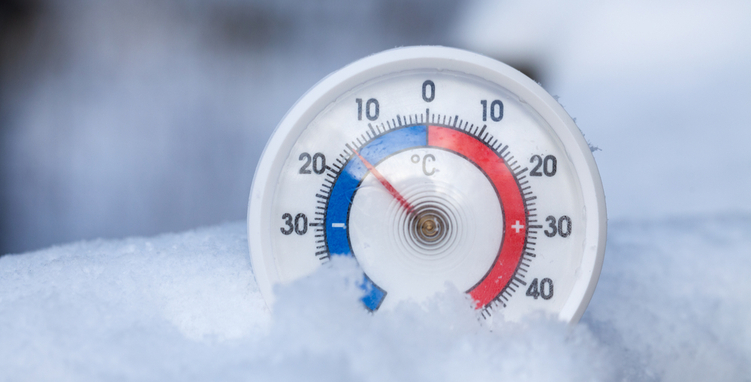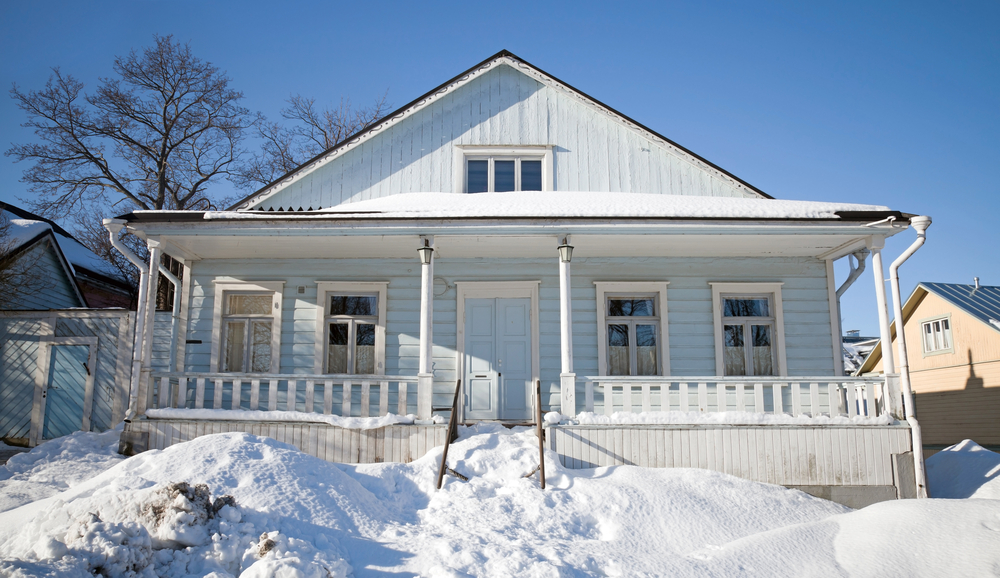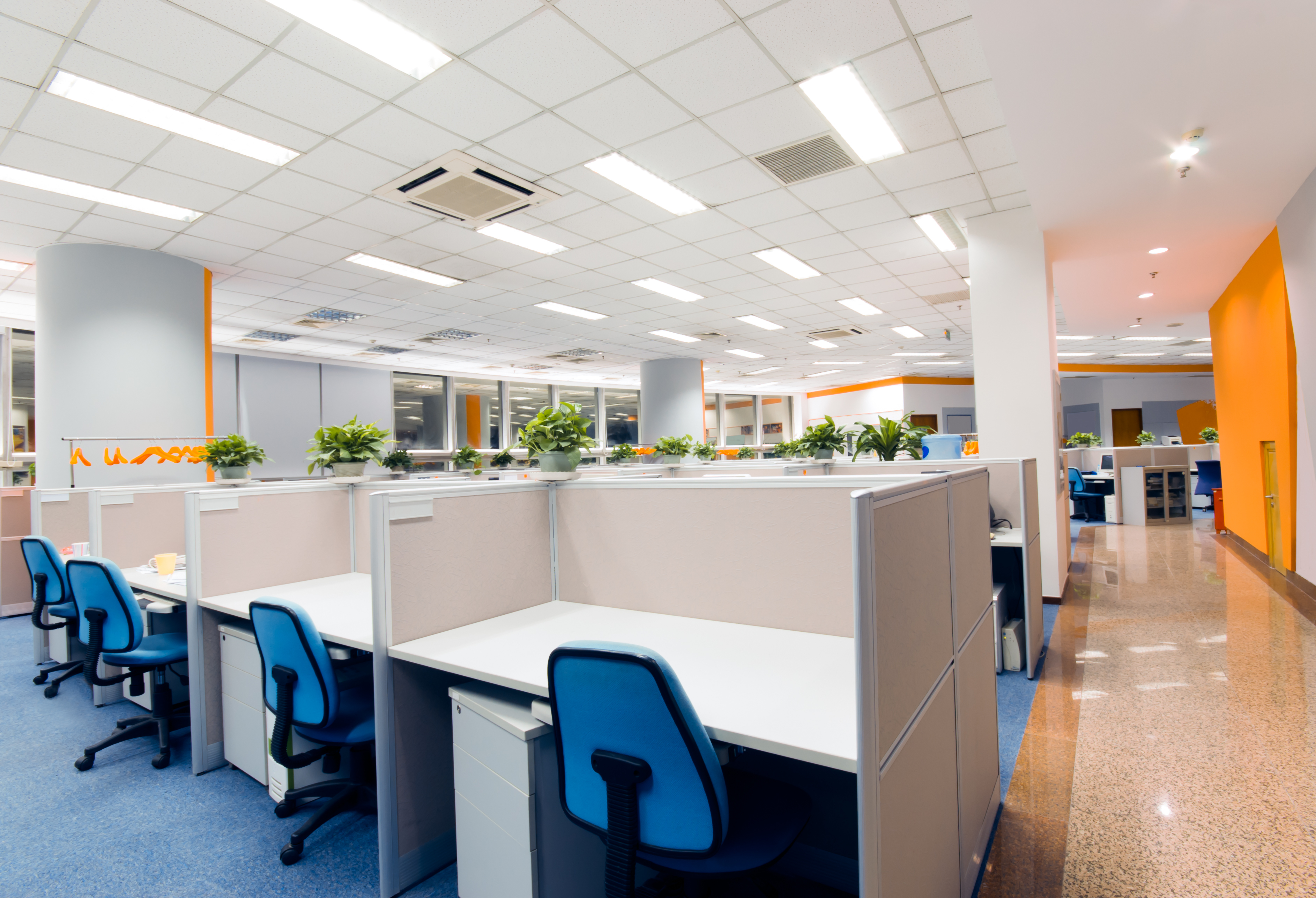Learning from Texas: How Active Efficiency Can Help Improve Grid Reliability and Resilience
Let's Save Energy
Alliance to Save Energy's Blog
Learning from Texas: How Active Efficiency Can Help Improve Grid Reliability and Resilience

Recent events in Texas and elsewhere in the country are reminding us that our existing energy system infrastructure and operating structures are increasingly being challenged by severe weather-related events. In Texas, unprecedented freezing temperatures created a “perfect storm” of disruption, including dangerous conditions, decreased energy supply due to electric and gas infrastructure failures, and increased energy demand from building heating systems.
Excessive electrical heating demand required 6.5 GW of electrical curtailment, meaning rolling blackouts had to be implemented to maintain grid integrity. These supply side measures were under the control of grid operators who did their best to avert a complete grid shutdown, but these actions only addressed half the problem. In a crisis, it’s common to focus on fixing supply disruptions, but a growing suite of opportunities can make demand-side measures similarly impactful. With severe weather-related events increasing, we need to find solutions that will reduce energy demand without shutting off the power, and first among these should be an Active Efficiency approach.
Active Efficiency incorporates the entire spectrum of energy efficiency, from passive, component-based measures to dynamic, systems-level measures enabled by digital technology. Passive measures, such as increased building insulation, reflective surfaces (such as white or green roofs), natural ventilation, daylighting, shading, and solar thermal heating are all effective measures to increase building resiliency as they help maintain comfortable indoor conditions during extended power outages in extreme hot or cold weather. Passive measures also reduce heating and cooling energy loads, reducing large electrical demand spikes, and help the system stay online or recover quickly under emergency conditions. Occupant behavior can also have a large impact on energy demand, including everything from turning off non-critical lights and plug loads, adjusting thermostats outside normal comfort settings, opening windows, and modifying clothing levels.
In addition to passive measures, dynamic measures such as smart building controls and distributed energy resources (DERs) can deliver additional benefits to occupants and the grid, and respond to crises. Building reopening guidance for COVID-19 suggested that building owners consider implementing special control sequences to adjust ventilation rates, and similar strategies have been implemented to temporarily shut-down ventilation and reduce non-critical loads in response to wildfires, chemical spills, or other emergency situations. These types of preprogramed control strategies, including the soft starting and sequencing of HVAC systems after a power failure, could result in significant demand reductions during emergencies as well as cost savings through demand One of the goals of Beneficial Electrification is better grid management, a capability that can be delivered using Active Efficiency approaches.
Utilities and other companies are taking note: in the 2020 Energy Efficiency Indicator (EEI) study, more than two-thirds of respondents rated increased energy security and facility resilience as extremely or very important driver of investment. Notably, 63% plan to have one or more facilities able to operate off the grid in the next ten years, an increase of 3% since the previous year. Additionally, 81% of U.S. facility and energy executives said increasing the flexibility of facilities to quickly respond to a variety of emergency conditions was an extremely or very important driver of investment, second only to energy cost reduction. Over a half of the respondents invested in building systems integration and a third replaced fossil-fuel space and water heating systems with electric heat pumps.
Through the combination of passive and dynamic measures, DER integration, and building-to-grid integration (often referred to as Grid-interactive Efficient Buildings), Active Efficiency can maximize benefits to building occupants, communities, and the grid. How can this be implemented? A particularly attractive near-term opportunity is to leverage federal stimulus funding for COVID-19-related health and safety improvements in mission critical public facilities with Energy Savings Performance Contracts or Energy as a Service projects, which are self-funded through guaranteed energy and operational savings. Up to a four-to-one leverage of federal funding would be possible, along with economies of scale as the building system improvements would be integrated in a single project. Active Efficiency can not only help avoid another perfect storm of future weather-induced grid outages, but also deliver a trifecta of health, sustainability, and resilience benefits.
RECENT BLOG POSTS
STAY EMPOWERED
Help the Alliance advocate for policies to use energy more efficiently – supporting job creation, reduced emissions, and lower costs. Contact your member of Congress.
Energy efficiency is smart, nonpartisan, and practical. So are we. Our strength comes from an unparalleled group of Alliance Associates working collaboratively under the Alliance umbrella to pave the way for energy efficiency gains.
The power of efficiency is in your hands. Supporting the Alliance means supporting a vision for using energy more productively to achieve economic growth, a cleaner environment, and greater energy security, affordability, and reliability.



